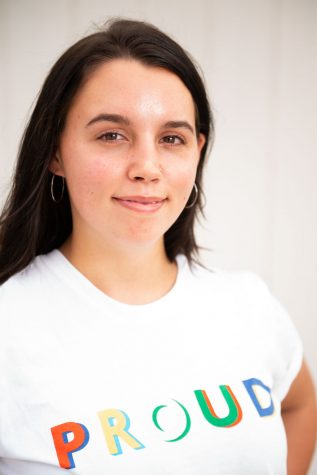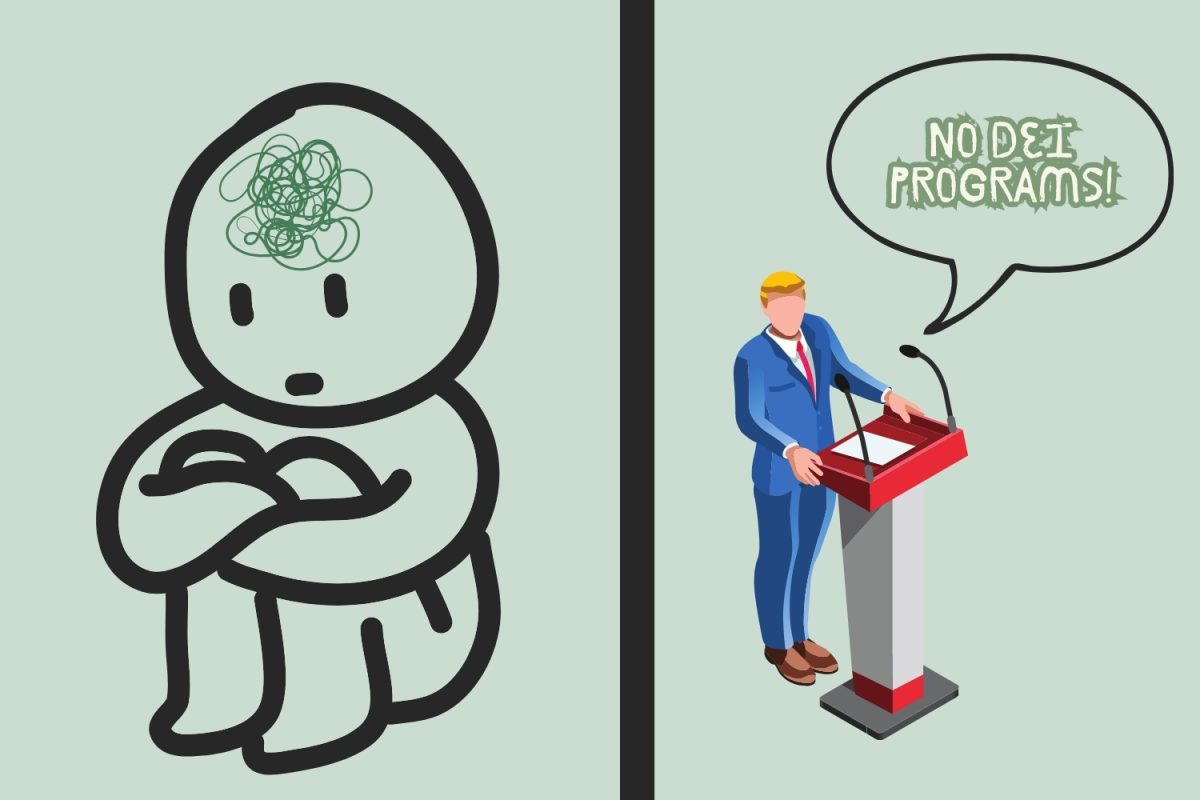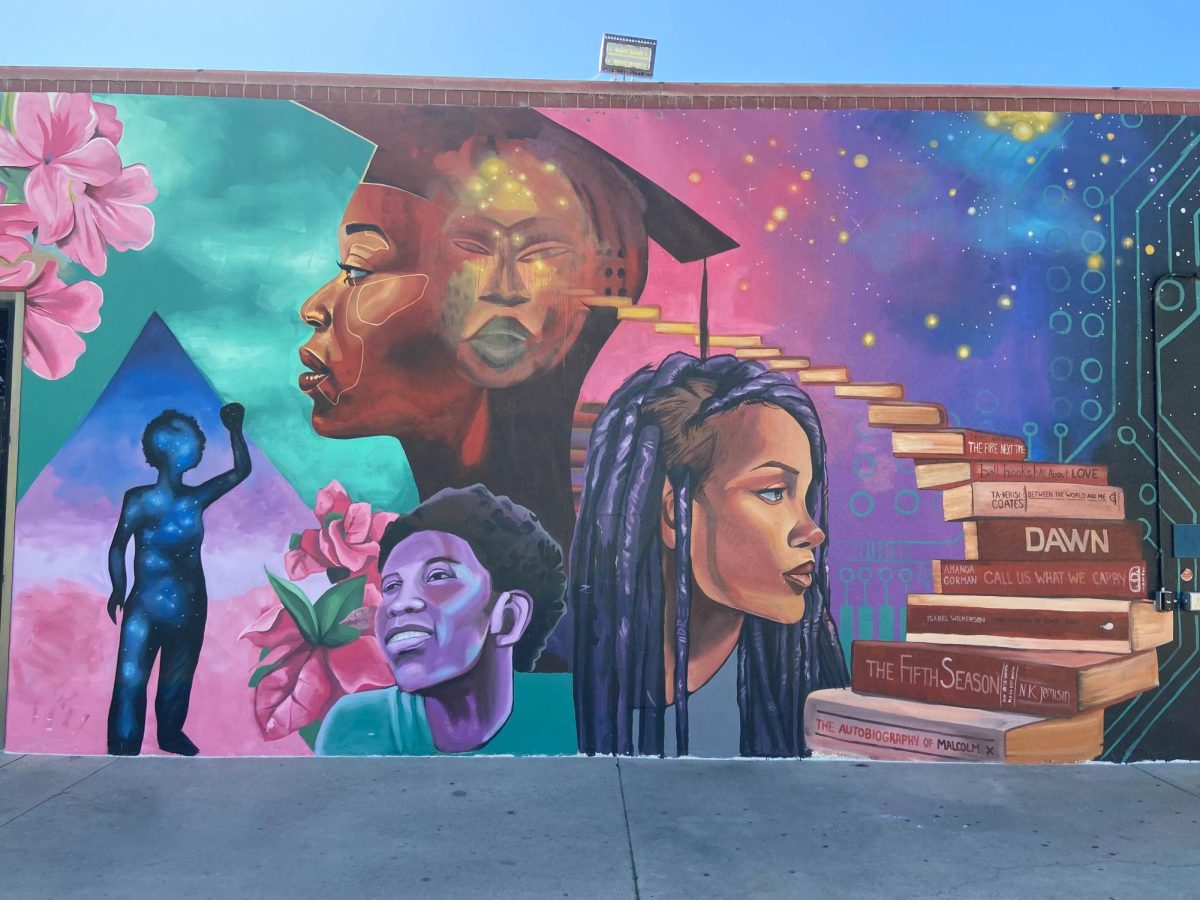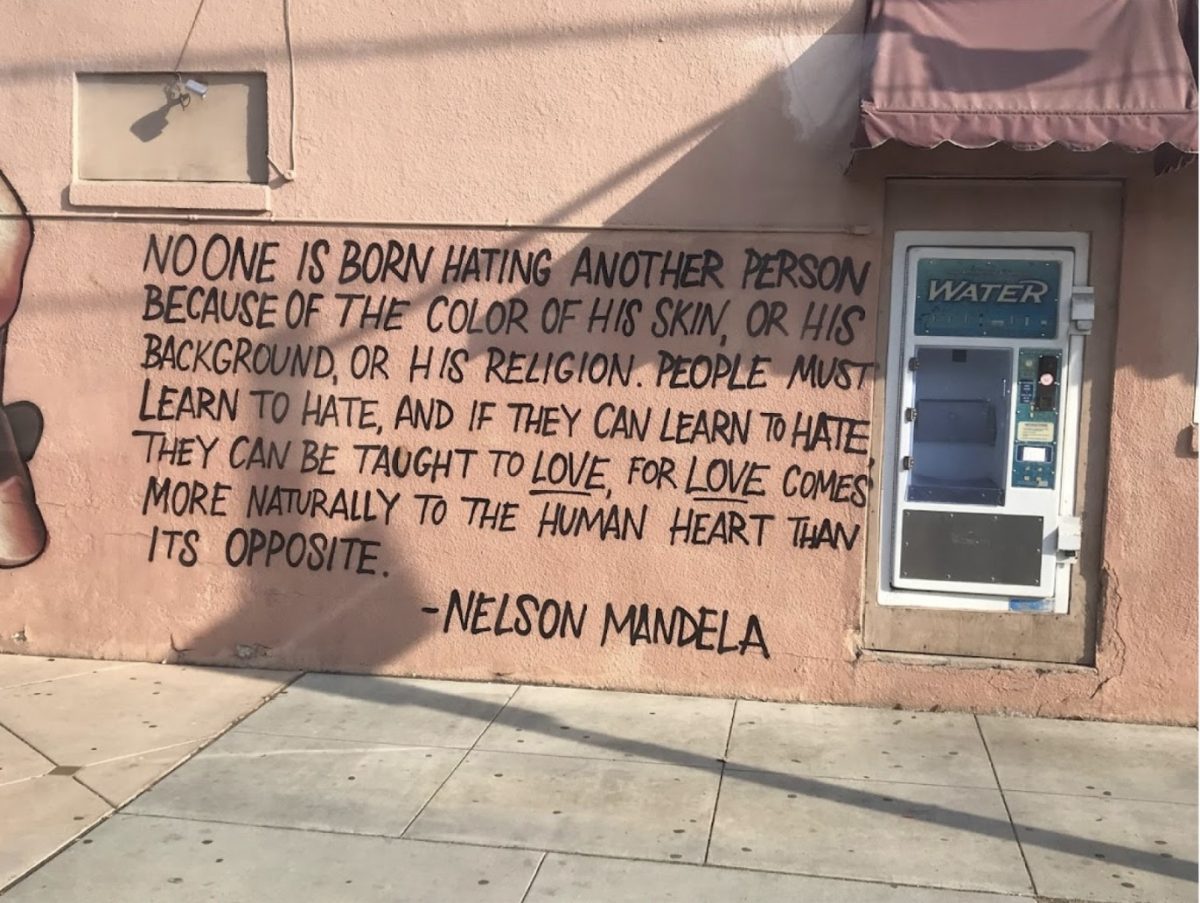 I never thought journalism could feel this good — and this impactful.
I never thought journalism could feel this good — and this impactful.
I was thrilled when my adviser asked me to be Editor-in-Chief of The Channels last spring.
I spent the summer considering all of the ways I could make the student newspaper even stronger. I wanted everyone on campus to not only know we existed but that we were the most important source of information at City College.
And every day since the semester began in August, I have invested my heart and soul into making The Channels the best student newspaper possible.
I have learned so much so far, but one thing has struck me the most.
Many people don’t understand what The Channels does and the important role we play on campus. It’s part of a larger problem and the immense media illiteracy that exists in our world today.
So my goal is to help change that.
Starting next semester, I plan to write a weekly letter to explain our week at The Channels and what we do to bring you some 20-25 stories per week.
My goal with these letters is to help the campus understand the amount of time, energy and critical thinking that goes into every story we publish.
One of our most important recent stories was our coverage of the “RUN, HIDE, FIGHT” text message that was sent out to thousands of people throughout the community.
For me, reporting this story began when Features Editor Valerie van den Broek called me in a panic.
“Have you seen the message?” she asked. “There’s a shooter on campus.”
At that moment, a million thoughts and questions raced through my mind.
Was everyone okay? Was anyone hurt? Was anyone still in the newsroom?
Despite this, I told Valerie we had to go to campus.
Valerie and I roamed City College for some time before we heard that the suspect was seen running towards the Mesa.
News Editor Lucy Marx and Photo Editor Nate Stephenson joined us as we continued pursuing the story.
While driving back down Cliff Drive, we saw a cluster of police cars on La Marina Street.
There, we saw the suspect, Fernando Huerta, handcuffed, unarmed and sitting on the ground.
We sprang into action.
Valerie, Lucy and I began interviewing people at the scene, including a family that lived in the house Huerta had wandered into the backyard of.
Nate began taking dozens of photos, which eventually resulted in the amazing photo that no other media outlet has of the incident.
We talked to the family, police and bystanders before we decided we had enough to begin writing the story.
In the newsroom, I called the Santa Barbara Police Department’s Public Engagement Officer Anthony Wagner to ask how the events unfolded.
We published the story around 8:40 p.m., and the next day I began doing the reporting that lead to our follow-up story which chronicled the chaos of Wednesday night.
Many people don’t understand what The Channels does and the important role we play on campus. So my goal is to help change that. — Jun Starkey
Not every story we do, however, involves such adrenaline and drama. Sometimes we rack our brains to come up with a perfect headline for a story.
For example, a recent feature story about a student who creates pottery inspired by the female anatomy made us think about whether we wanted to use the word “vagina” in the headline.
We thought about the many euphemisms we could have used, but at the end of the day, we are truth-tellers. We used the word and expect our readers to be adults about the reasons why.
I’ve learned that whether it’s a story or a photo, a key element for success is making a commitment to the assignment. If a journalist shows passion for a story or photo, it will show in the final product and readers will benefit.
Photo Editor Nate Stephenson spent over an hour shooting photos of Sports Information Specialist Dave Loveton, trying to capture the perfect moment. He captured many perfect moments.
He loves his job so much that he spent his day shadowing Loveton as he flitted from game to game, and his photos reflect that.
Not everything ends in the publication of a story, however. Sometimes the trait of a good journalist is to know when to let something go. In our world, we call it “spiking” a story.
We had hoped to write a profile on the new Coordinator of Equity, Diversity and Cultural Competency Adolfo Corral.
Our reporter and photographer reached out to Corral multiple times, but the connection was never made. We were able to speak to a few of his coworkers, and we spent a few weeks pushing the story in the hopes it would come through.
Eventually, I made the decision that our reporter and photographer would be wasting their time continuing the pursue a source that wasn’t responding.
So I spiked the story.
Sometimes the best decision a journalist can make is deciding not to do something. It’s often a harder decision, but it’s absolutely necessary from time to time.
As a student newspaper, we work tirelessly to report the news accurately and fairly. We will continue to do so next semester as I continue to walk our readers through the process of turning an idea into a story. Thank you for taking the time to read.








